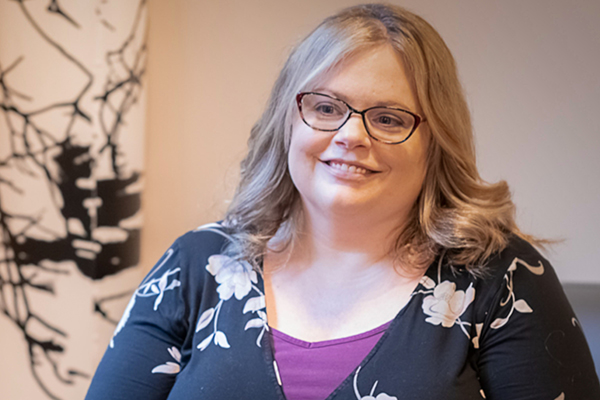
Online & Phone Counselling for Individuals
Telehealth allows you to get the support you need regardless of where you’re located. So if you can’t make it to my Nanaimo-based studio or if you prefer therapy from your own home, telehealth is a great option.
What is telehealth/online counselling?
Telehealth uses a secure video conferencing process that allows you to engage in confidential counselling sessions remotely.
Telehealth allows us to work together just as effectively as in-person sessions, but you’re able to connect with me from the comfort of your home (or work, or vehicle, or nearly anywhere).
You don’t need to be a computer whiz to use telehealth, either. Once you’ve taken telehealth therapy once or twice you’ll feel like a pro!
All you need is a computer or device (such as a smartphone or tablet) that has a camera, a microphone, and an internet browser. You can learn more about the telehealth requirements and process further down this page.
Should I choose telehealth or in-person counselling?
Many people choose telehealth instead of in-person therapy because it is effective, convenient, and time-saving.
As you may have guessed, the idea of using telehealth for counselling has become even more common since Covid-19 became a worry. That means the need for remote counselling options has increased, and most counselling methods have been modified to work through telehealth.
In my own experience, telehealth is just as effective as in-person therapy for the vast majority of people.
And since you can start with a free phone consultation to discuss your needs before committing to anything, there's no risk on your part.
How does telehealth counselling work?
I use a telehealth platform called Doxy. Based on client feedback and my own experience, it’s a very user-friendly and reliable service.
Requirements for telehealth
- A computer that has a camera, microphone, and internet connection (a laptop is perfect); OR
- A device such as a smartphone or a tablet (with camera, microphone, and internet connection)
That’s it. You don’t need to download anything, and you don’t need to create a Doxy account.
The telehealth process in 5 steps
- After you’ve scheduled a telehealth session I’ll email you a link that you’ll use to connect to me through Doxy
- Around 5 minutes before our scheduled time, you click the link
- You’ll be asked to allow Doxy to connect to your video and audio, set up your speakers or headphones, and confirm it’s all working
- Once you’re all set up with sight and sound, you’ll enter Tanglewood’s virtual waiting room
- I’ll start our session at the scheduled time, and you’ll see and hear me through your computer or device
Telehealth is safe & confidential
During our telehealth counselling all data is encrypted, your sessions are anonymous, and none of your information is stored. Doxy adheres to strict HIPAA, PIPEDA, and GDPR data privacy requirements.
I’m here to help if you need it
If you run into any trouble, I can walk through the process over the phone. On the off-chance we have any issues with Doxy itself, we can switch to another video conferencing platform.

How can I get the most out of telehealth therapy sessions?
These tips will help you prepare yourself and your environment for our telehealth video call.
- Get comfortable. Find a private, comfortable, and quiet spot to chat. Wear comfy clothing that you don’t have to fuss with.
- Check the lighting. Video conferencing works best when there’s decent ambient lighting.
- Show up early. Give yourself an extra few minutes to configure Doxy ahead of your session. This gives you a chance to ensure your video and audio is working.
- Frame from the chest up. Set your device’s camera in a position so your head and shoulders are visible in the frame.
- Give yourself space. Make sure you can sit back from your device a bit. This allows us to use therapeutic exercises where it helps to be able to see each other’s posture or gestures.
- Stay hydrated. Have a bottle of water within reach in case you need a drink.
- Be ready to write. Think about having a pen and paper handy so you can jot down some notes about the session.
- Consider a cover-up. During the call, my face will appear large on your screen, but your face will also display to the side. If you find it distracting looking at your own face, a sticky note is a handy cover-up!
Bonus tip: For some more general tips on getting the most out of your counselling sessions, check out this article: 10 tips to extract the MOST from your counselling sessions.

Emergency Services
If you are feeling unsafe, I encourage you to use the emergency room at the hospital or call 911
Please note that Tanglewood Counselling does not provide emergency services.
24/7 Crisis Line
The Vancouver Island Crisis Line provides a 24-hour support line by calling 1-888-494-8333
They can listen to your concerns, offer suggestions for coping, refer you to community services, and help determine if you need emergency services.
Consider Speaking with Your Doctor
Many people choose to contact their family practitioner after a distressing event. Your doctor may be able to support you with medication, time off work, and/or referrals to community services.
